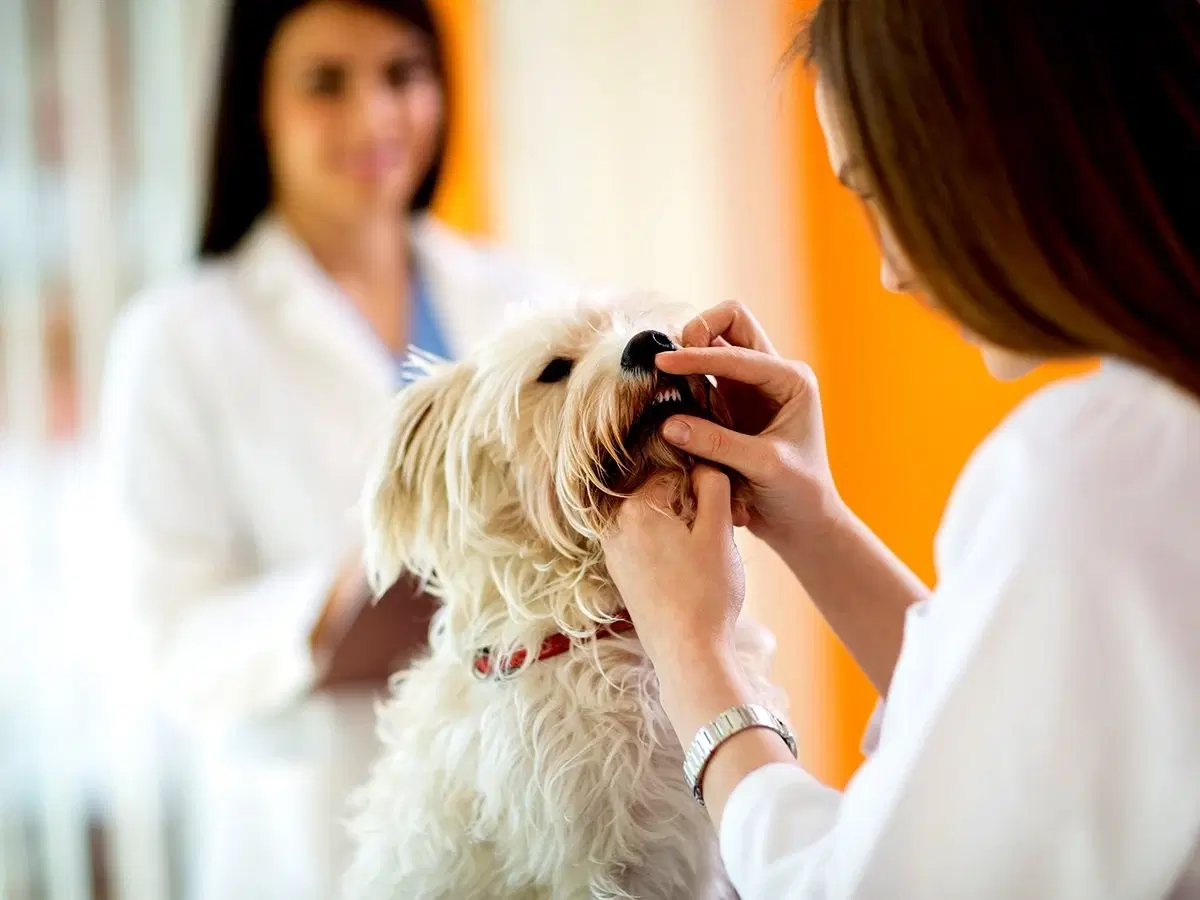Pet insurance can provide invaluable financial protection when veterinary bills for unexpected accidents and illnesses arise. However, many pet parents wonder if pet insurance pays the vet bill directly, or if they are responsible for paying upfront and then getting reimbursed. In this blog post, we will explore the answer to this question and provide a clearer understanding of how pet insurance works in terms of payment.
The Importance of Pet Insurance
Like humans, pets can experience unexpected illnesses or accidents that require immediate medical attention. The cost of veterinary care can be quite steep, and without insurance, pet parents may find themselves facing overwhelming bills. Learn more about how much pet insurance is and how to choose the best pet insurance option.
Pet insurance helps alleviate this financial burden by providing coverage for diagnostics and treatments for eligible conditions which may include various surgeries, medications, and more. By having pet insurance, pet parents can help ensure that their furry companions receive the necessary medical care with less worry about the cost. It helps with finding peace of mind and allows pet parents to focus on the health and well-being of their beloved animals. Know more about does pet insurance covers vaccines.
Common Points of Confusion About the Payment Process
Many pet parents are often confused about the payment process when it comes to pet insurance. One common area of confusion is whether pet insurance pays the vet bill directly or if the pet parent is responsible for paying upfront and then getting reimbursed.
Another area of confusion is understanding what is covered and what is not covered by the insurance policy. Some pet parents may assume that all veterinary expenses are covered, only to find out later that certain treatments or pre-existing conditions are excluded.
Clear communication and understanding of the insurance policy's terms and conditions are important to help avoid any surprises or misunderstandings regarding the payment process. Know more about what does pet insurance covers and what does pet insurance not covers.
How Pet Insurance Works
Signing Up
Pet insurance works by providing financial coverage for eligible veterinary expenses. To sign up for pet insurance, pet parents typically need to choose a plan that suits their needs and budget, and then provide information about their pet which may include age, breed, and any pre-existing conditions. Know more about how are pet insurance premiums calculated.
Visit the Vet
Pet parents can typically visit any licensed veterinarian of their choice. When it comes to paying the vet bill, it depends on the insurance provider. Some pet insurance providers may require the pet parents to pay upfront and then submit a claim for reimbursement, while others may have a direct payment arrangement with the veterinarian.
The most common method is to have the pet parent pay the bill upfront, and then file a claim for reimbursement of the eligible costs.
Submit a Claim
Submitting a pet insurance claim is a straightforward process that usually involves gathering all relevant invoices and medical records, completing a claim form, and submitting it to the insurance company.
It's important to ensure that all necessary documentation, such as the vet bill is included. Including a copy of your pet’s medical records can sometimes help speed up the processing of the claim but is not always mandatory. Claims can usually be filled out online or through your pet insurance provider’s app if they have one available.
Once the claim is submitted, the insurance company will review and approve it if the veterinary services are covered under the pet parents chosen policy. It's important for pet parents to understand the veterinary services covered under their pet insurance plan, so that they know what to expect when submitting a claim. Know more about what are deductibles in pet insurance.
Receive a Reimbursement
After the claim is reviewed and approved, reimbursement is typically sent to the pet parent in the form of a check or direct deposit.
It's important for pet parents to thoroughly read and understand their pet insurance policy to know whether the insurance company pays the vet bill directly or if reimbursement is required. Each policy may have specific terms and conditions, so it's important to be aware of any exclusions or limitations.
Conclusion
In conclusion, understanding the payment process for pet insurance is essential for pet parents to help ensure they can provide the necessary medical care for their furry companions with less financial burden. Most pet insurance policies provide pet parents with cashback for eligible expenses following the processing of an approved claim. This means that typically pet parents do pay the vet bill up front.
How Spot Pet Insurance Can Help
Spot Pet Insurance plans provide pet parents with the flexibility to customize their coverage options to suit the unique needs of their pets and their budget. Spot's insurance plans allow pet parents to choose from two base plan options, accident-only or accident and illness coverage. Know more about what are annual check-ups in pet insurance.
In addition, pet parents can choose their annual limit which includes an unlimited annual limit option, free from any per-incident or lifetime caps. Moreover, pet parents can a reimbursement rate of up to 90% for eligible veterinary expenses. Reimbursements for eligible costs can be conveniently received through direct deposit or by receiving a check in the mail. Read here about the best age to insure your pet.
Additionally, Spot Pet Insurance offers the option to include a preventive care coverage add-on with a base policy for an extra fee. This extensive coverage includes regular check-ups, specific vaccinations, dental cleanings, and various other valuable features. To learn more about the specific details of Spot Pet Insurance plans, pet parents can get a quote here.
